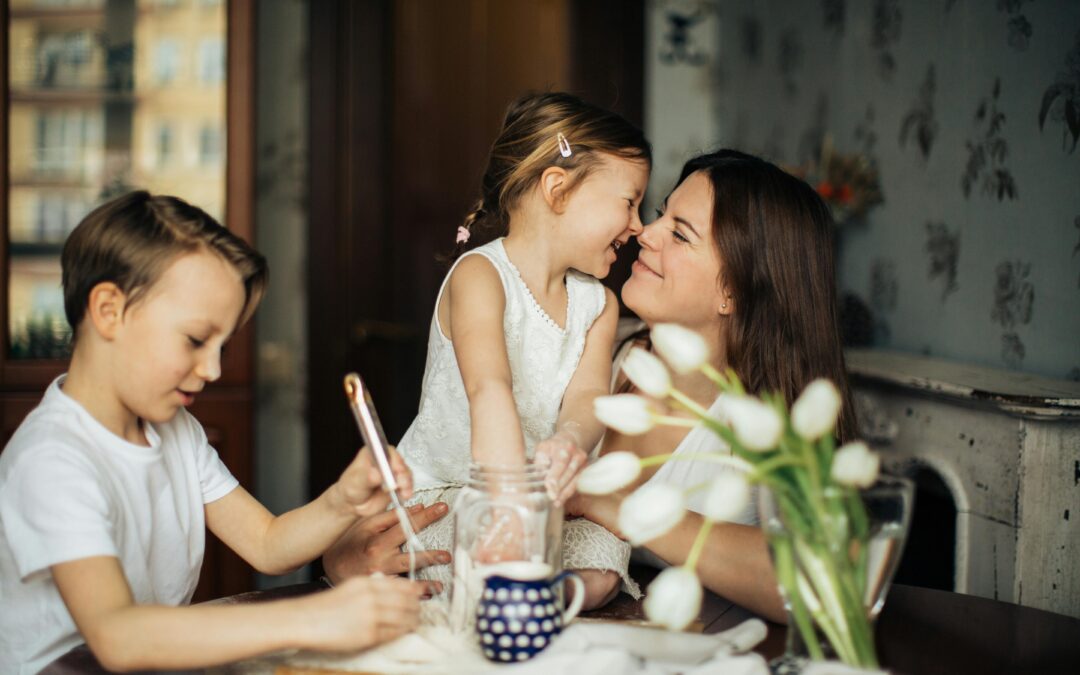Building a positive, trusting relationship with a child in care is one of the most important and sometimes most delicate aspects of fostering. Every child’s background and personality are different, but with creativity, patience, and consistency, foster carers can create meaningful connections. Here are 10 creative and practical ways to bond with a child in your care.
1. Grow Together in the Garden
Gardening is an excellent way to build responsibility, teamwork, and routine. Whether it’s planting flowers, vegetables, or herbs, this slow-paced activity creates space for conversation and calm. Many carers find that children open up more while their hands are busy.
2. Arts & Crafts Projects
Crafting is a low-pressure way for children to express themselves and explore their feelings. Drawing, painting, scrapbooking, or making simple DIY projects together can help develop trust and creativity. Local libraries and community centres across Leeds and Bradford often run free creative workshops for children and families.
3. Create a Life Story Book
Working on a life story book together gives a child space to explore their past in a supportive way. It’s a therapeutic method used by many fostering services to help children process their experiences and form a sense of identity. You can use drawings, photos, or written memories to make it a shared journey.
4. Cook and Bake Together
Cooking is a great bonding activity that encourages teamwork and gives children a sense of achievement. Try simple recipes like homemade pizza, cupcakes, or smoothies. It’s also a great way to talk while doing something fun and relaxed.
5. Role-Play ‘Your House / My House’
This imaginative activity involves drawing and talking about what a child’s past home looked like and what their current home looks like. It encourages emotional expression and allows the child to reflect on change, which can be very powerful for those who’ve experienced multiple moves.
6. Explore the Outdoors
Leeds and Bradford have beautiful parks and green spaces perfect for bonding activities. Roundhay Park in Leeds or Lister Park in Bradford offer great opportunities for long walks, picnics, and nature spotting. Outdoor time provides space for relaxed conversations and creates positive shared memories.
7. Visit Museums and Libraries
Museums and local libraries provide excellent interactive environments that stimulate curiosity. Places like the Leeds City Museum or the National Science and Media Museum in Bradford offer hands-on activities suitable for children of all ages. Many libraries also run family story times and creative sessions throughout the year.
8. Play Board Games and Puzzles
Games provide a chance to build trust, practice taking turns, and have a laugh together. Choose age-appropriate games that allow for teamwork and cooperation. Puzzles can also serve as a metaphor for building together, fitting pieces into place, slowly and patiently.
9. Create a Comfort Box
Help your child build a personalised comfort kit. This could include a soft blanket, a sensory toy, a notebook, calming scents, or photos. This simple activity allows a child to take ownership of their comfort and creates a shared space of safety and emotional support.
10. Movie Nights with a Twist
Plan regular movie nights where the child helps choose the film and prepare snacks. Create a cosy environment with blankets and pillows. After the film, talk about favourite characters or moments. It’s a simple tradition that offers consistency and comfort.
Why Bonding Matters
In the UK, around 70,000 children live with approximately 53,000 foster families at any one time. Each year, about 38,000 children enter the care system. These numbers highlight the critical role foster carers play in providing stability, care, and emotional support.
Children in care are more likely to thrive emotionally and academically when they have strong, trusting bonds with their carers. Stable relationships reduce the risk of placement breakdowns and promote healing from trauma.
Backed by Evidence
– Life story work helps children process their past and develop a stable sense of identity.
– Attachment-focused activities such as shared routines, rituals, and consistent emotional responses have been shown to improve children’s sense of security.
– Creative expression through art and play supports communication and regulation, especially for those who struggle to express themselves verbally.
Local Resources:
In Leeds:
– Community centres regularly host family events and workshops.
In Bradford:
– Family-friendly spaces like Cartwright Hall and City Park offer free or low-cost activities.
Final Thoughts
Every child is different, and there is no “one size fits all” approach to bonding. The key is to remain patient, consistent, and open. Through creative activities, shared routines, and authentic connection, you can help a child feel safe, valued, and cared for.
These small moments, whether baking cookies, solving puzzles, or drawing in the park can be the most powerful in building trust and belonging.


Recent Comments